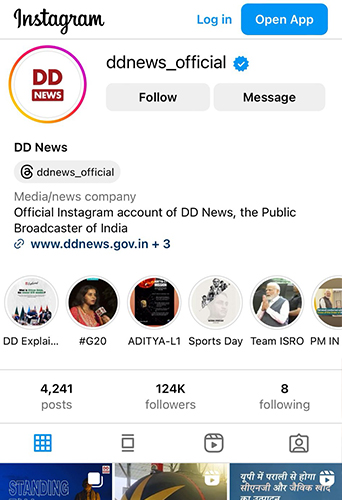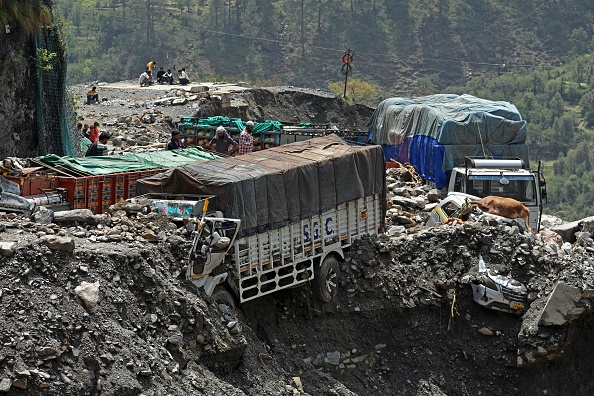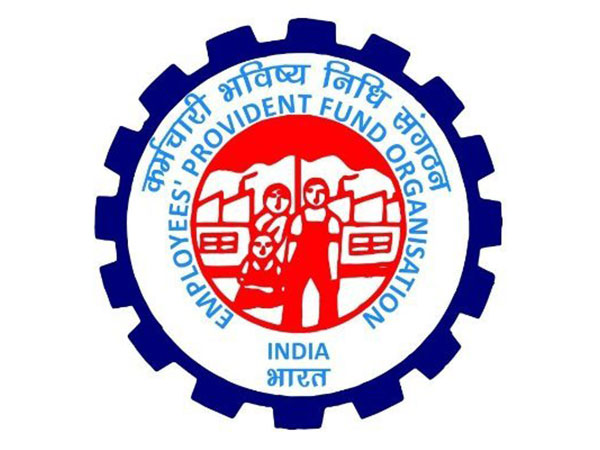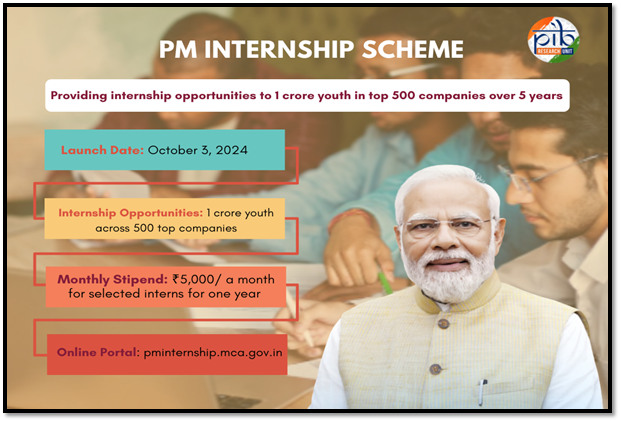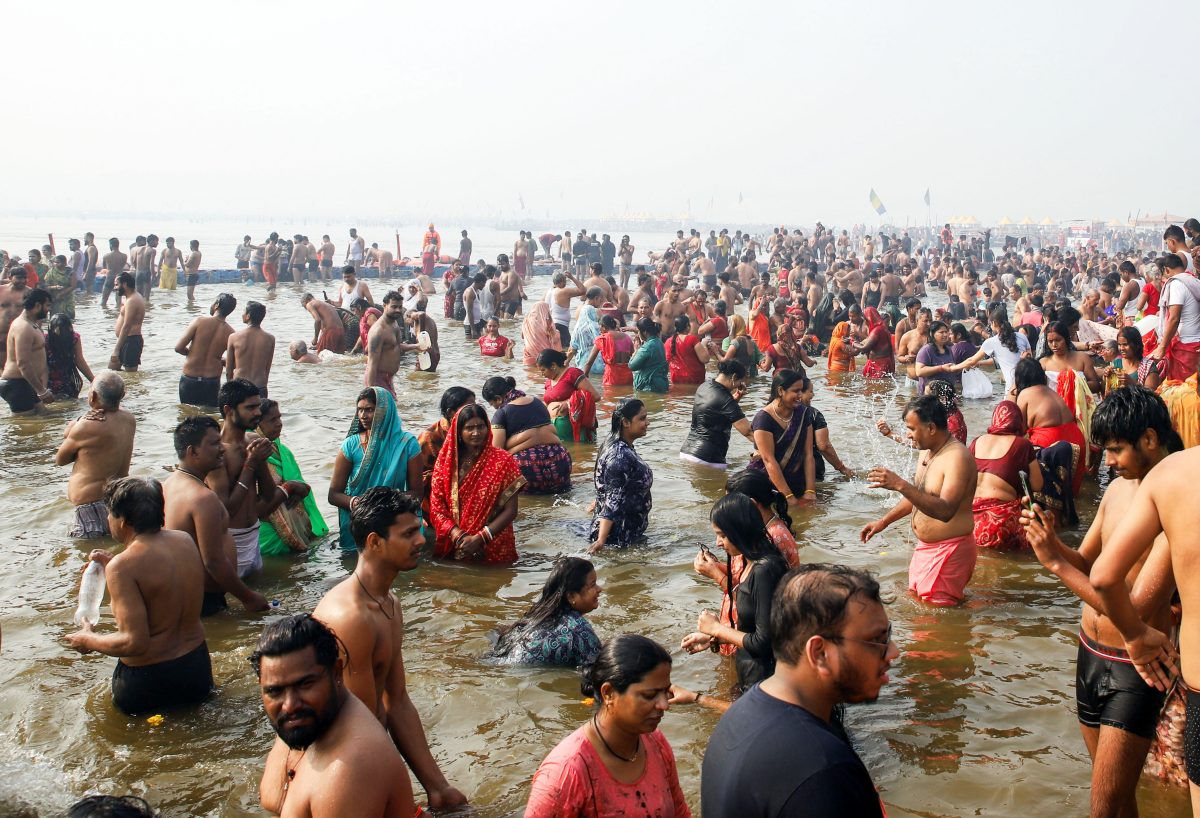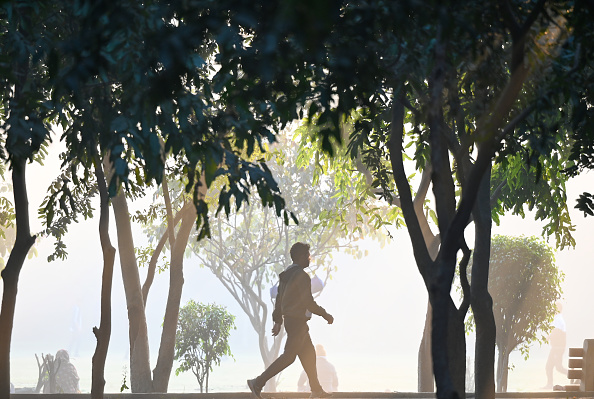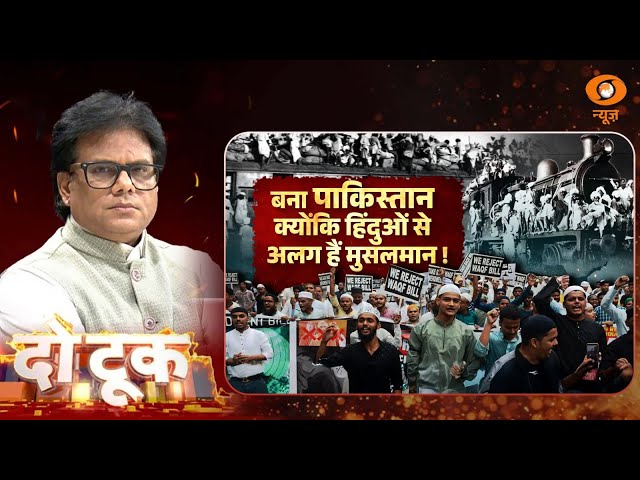The strategic Jammu-Srinagar National Highway, a crucial lifeline connecting the Kashmir Valley to the rest of the country, remained closed for the third consecutive day on Tuesday following massive damage caused by flash floods and landslides in Ramban district.
Officials from the National Highways Authority of India (NHAI) confirmed that the highway has been damaged at 22 locations, with nearly 4 to 5 kilometers of the road completely washed away. Restoration work is underway at full pace.
Union Minister and Lok Sabha member from Jammu and Kashmir, Dr Jitendra Singh, said that the Jammu-Srinagar national highway is likely to be partially restored on Wednesday, and the relief operations for the flash flood-affected families in Ramban district were being carried out.
In a post on X, he said, “The relief operations are in full swing. Administration is doing its best despite the most unfavourable circumstances. DC Mr Baseer Choudhary is personally camping in the affected area. The electricity supply is being restored. Out of 1762 DTs, 1486 DTs have been restored and work on remaining 286 DTs is going on. As for water supply, out of 98, WSS 89 water supply schemes have been made functional and restoration work on remaining 9 schemes is going on.”
“I plan to be personally at the district headquarter Ramban tomorrow to work out the further measures with administration,” Singh added.
The disaster, triggered by torrential rains on Sunday, led to multiple landslides and flash floods, claiming the lives of three people and leaving over 100 stranded in the Ramban district. Rescue teams managed to evacuate the trapped individuals, while many vehicles remain buried under debris.
Hundreds of passengers are currently stranded along the highway. Relief operations are ongoing, with local authorities setting up shelters and providing food and assistance to those affected.
Chief Minister Omar Abdullah visited the worst-hit area of Kali Morh on Monday, despite challenging weather conditions, to personally supervise relief efforts and assess the extent of damage. Speaking to reporters, the Chief Minister described the damage as “huge” but stated that the event qualifies as a localized disaster and therefore does not meet the criteria to be declared a ‘national disaster’. Nevertheless, he assured full support and relief to the affected families.
Former Chief Minister Dr Farooq Abdullah has urged the central government to step in with aid and support for those impacted by the disaster.
Meanwhile, Divisional Commissioner of Kashmir, V.K. Bidhuri, has appealed to the public to avoid panic buying of essentials. He emphasized that the region has adequate supplies of foodgrains and petroleum products to last for at least two weeks.
Despite the assurances, panic buying has been reported across the Valley, particularly at petrol pumps, where long queues of motorists have been observed. “This panic buying can result in depleting the stocks as we are noticing three times more rush of motorists than usual each day,” said an attendant at a fuel station in Ganderbal district.
In a slight relief for commuters, the Mughal Road, which connects Shopian district in south Kashmir to Rajouri district in Jammu, remains open for one-way traffic for light motor vehicles (LMVs). However, due to the continuing closure of the main highway, there has been a significant spike in demand for air travel, with tourists and locals scrambling for air tickets to travel out of the Valley.
(With IANS inputs)





